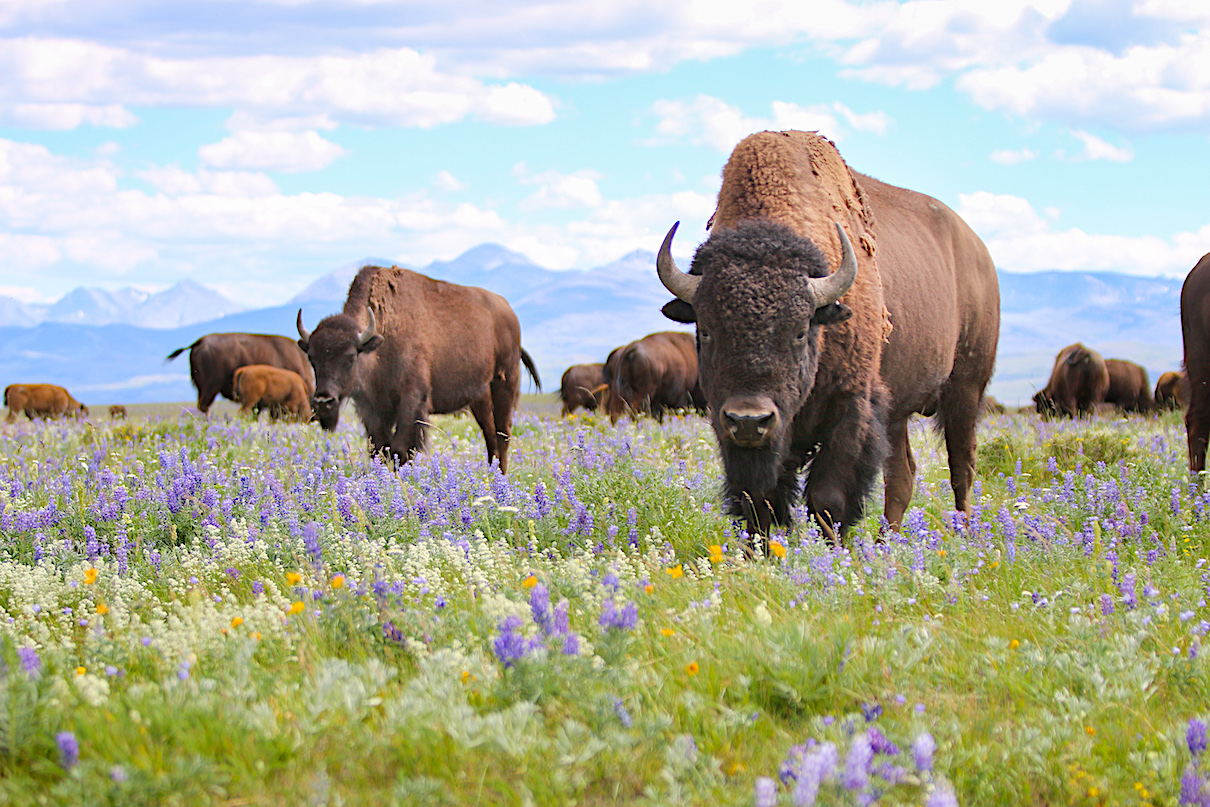- The Indianapolis Zoological Society is offering a $1 million grant to an organization that can develop a plan to save an animal species currently designated as threatened on the IUCN Red List.
- The first stage of the application is due June 4, 2023 and a winner will be announced in February 2024.
- A jury of animal conservation experts from around the world will decide on the winner, which will then have five years to get the program rolling and demonstrate some progress.
- Scientists agree that we’re experiencing a mass extinction event caused by humans: Since 1900, at least 543 species of vertebrates have gone extinct, and those are just the ones we know of.
The Indianapolis Zoological Society has announced it will award a $1 million grant to an organization that can “develop and execute a plan that will have a measurable and sustainable impact on the survival of an animal species.”
The species must be currently designated under one of the threatened categories — vulnerable, endangered, critically endangered, or extinct in the wild — on the IUCN Red List.
“The Indianapolis Zoo searched for a big idea to make a real difference and support field conservationists to make a measurable change in the future of a species,” Michael W. Wells, trustee and chair of Indianapolis Zoo’s conservation committee, said in a statement. “Our ability to measure the outcome by using the International Union for Conservation of Nature’s Red List will allow us to objectively assess the results of our investment.”
A jury of animal conservation experts from around the world will decide on the winner, which will then have five years to get the program rolling and demonstrate some progress. A winner will be announced in February 2024.
The first stage of the application is due June 4, 2023. Complete information can be found at IndianapolisZoo.com under the Conservation tab.
“I am excited to see the Indianapolis Zoo continue to set the bar high on how Zoos, Aquariums and Botanical Gardens can advance conservation action and catalyze real and positive change for species,” Jon Paul Rodriguez, chair of the IUCN Species Survival Commission, said in a statement.


Scientists agree that we’re experiencing a mass extinction event. Previous major extinctions, like the one that wiped out the dinosaurs, were caused by catastrophes such as asteroid impact, volcanic eruptions, and depletion of oxygen.
The extinction crisis we face now is caused by humans, driven by habitat destruction, pollution, poaching, illegal trade, overharvesting, the introduction of non-native and domesticated species into the wild, pathogens, and climate disruption.
Since 1900, at least 543 species of vertebrates have gone extinct. And those are just the ones we know of.
“The idea that there’s a species that we can no longer see living and breathing and behaving … is heart-wrenching,” Brian Zimmerman, director of conservation and science for the Bristol Zoological Society, told Mongabay.

The loss of any species “can have a ripple effect on entire ecosystems,” Carolyn Hogg, senior research manager at the University of Sydney’s Australasian Wildlife Genomics Group, said in a statement, “and if we don’t take urgent action, the consequences could be catastrophic.”
Many have taken action. Conservation efforts have brought several species back from the brink of extinction, including the American bison (Bison bison), red wolf (Canis rufus), Española giant tortoise (Chelonoidis hoodensis), Przewalski’s horse (Equus ferus przewalskii), California condor (Gymnogyps californianus), the ko’ko’ bird (Hypotaenidia owstoni), black-footed ferret (Mustela nigripes), tequila splitfin fish (Zoogoneticus tequila), and others.
“We know that reversing the decline of a species takes time,” said Rob Shumaker, president and CEO of Indianapolis Zoo. “If we trust the science and stay focused, we will save species.”
Banner image of a grey crowned cranes (Balearica regulorum) by Frank Winkler via Wikimedia Commons (CC0).
Less than a thousand remain: New list of animals on the brink of extinction
FEEDBACK: Use this form to send a message to the author of this post. If you want to post a public comment, you can do that at the bottom of the page.
